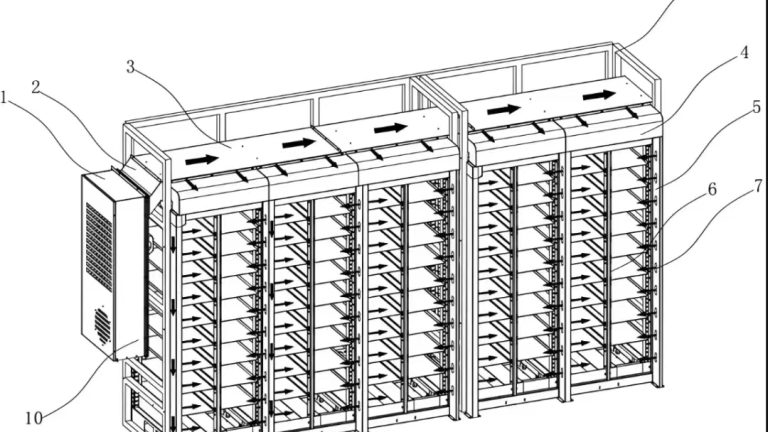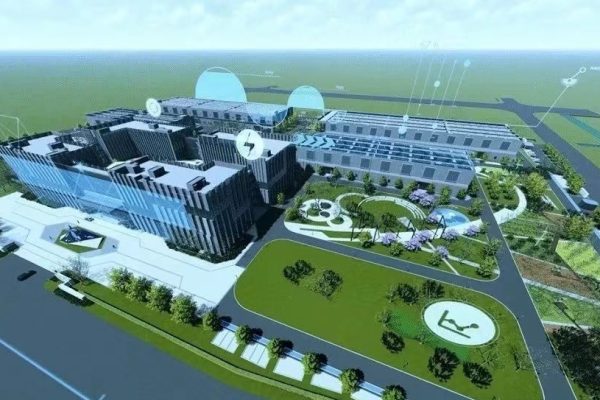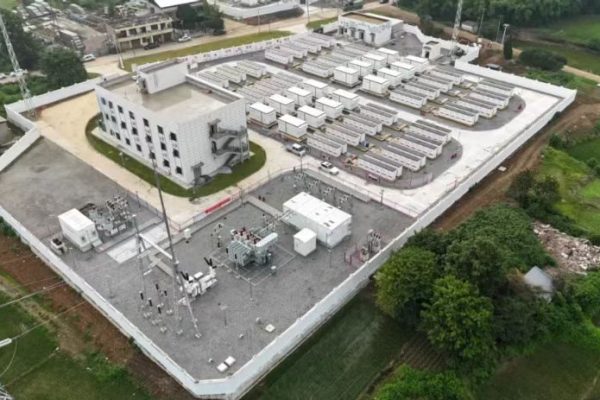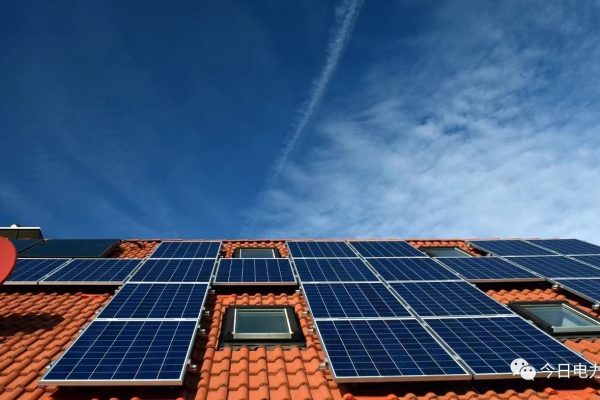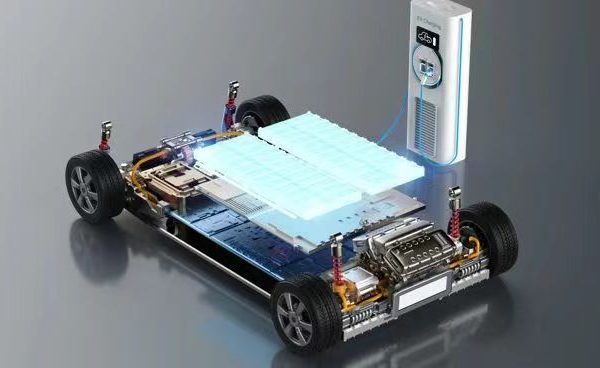How Panel Direction Affects Battery Charging Efficiency and ROI in Small-Scale Projects
1. Introduction
When designing a PV + Storage system, most clients focus on panel wattage, battery capacity, and inverter power. But a factor that often gets overlooked — especially in small projects — is PV orientation.
The direction in which solar panels are installed (i.e., azimuth and tilt) has a direct impact on:
- The charging window of the battery
- The utilization rate of the storage system
- The peak-shaving effectiveness and overall ROI
In small residential or commercial systems, poor orientation can mean the battery is never fully charged, or that energy is wasted because the charging period doesn’t align with demand.
2. Understanding PV Orientation
Azimuth:
The compass direction the panels face.
- 0° (South in Northern Hemisphere) = Optimal for max yield
- 90° (West) = Better for late-afternoon generation
- -90° (East) = Better for morning generation
Tilt:
The angle between the panel and horizontal surface, usually between 10°–40°, depending on latitude.
3. Why PV Orientation Affects Battery Charging
Energy storage systems are most effective when charging occurs consistently and within the inverter’s MPPT tracking range. Orientation changes:
- The daily curve of solar generation
- The time of day when max power is available
- The charging speed of the battery
If the system is not sized or designed correctly, a mismatch occurs between:
- When the energy is generated (PV output curve)
- When the battery is ready to accept charge (SOC, BMS behavior)
- When the load or grid tariff requires discharge
4. Common Use Cases and Impacts
Case 1: South-Facing Panels (Ideal)
- Peak generation around noon
- Good for charging batteries steadily
- Works well with TOU discharge at night
- High storage utilization rate
Case 2: East-Facing Panels
- Peak output in the morning
- Battery charges early but may reach full SOC too soon
- If load is low during morning, solar energy is curtailed
→ Good for homes with early daytime usage, but may reduce afternoon storage benefit
Case 3: West-Facing Panels
- Peak output in late afternoon
- Battery may charge too late to discharge at peak evening tariffs
- May miss out on full capacity unless paired with oversized PV
→ Suitable for peak-shaving, but requires load profile analysis
5. System Sizing Considerations
To improve battery utilization when PV orientation is sub-optimal:
🔹 Over-size the PV array
Helps maintain charging current even when irradiance is low due to off-peak sun angles.
🔹 Use MPPT with wide tracking range
Ensures inverter can still harvest energy during early morning and late afternoon.
🔹 Split array direction
Install part of the array east-facing, part west-facing. This flattens the output curve.
🔹 Balance battery size to generation curve
Don’t install a battery that’s too large for the actual energy harvest window.
6. Matching PV Curve to Load and Storage Strategy
Here’s where your value as a system integrator or technical supplier becomes clear.
You can help clients align:
- PV orientation
- Daily load curve
- Storage capacity
- Inverter MPPT performance
Example:
A customer with:
- Load peak from 6pm–10pm
- West-facing panels
- 5kWh battery
➡ Might not fully charge the battery in winter. Recommend:
- Slightly larger PV array
- Battery with higher charging current acceptance
- West-facing split tilt to maximize late sun
7. Your Role as a Technical Partner
Most standard distributors or platforms just quote equipment. But you provide context:
- If the site orientation is fixed, you optimize PV+ESS size accordingly
- If panels must face east-west (roof constraint), you can design split MPPT setup
- You understand how real-world conditions like shade, tilt, and climate affect system yield and storage ROI
This is what sets you apart from price-based suppliers.
8. Real Scenario: Rooftop in Southeast Asia
- PV Orientation: Fixed west-facing
- Application: 10kW PV, 15kWh storage
- Issue: Battery underutilized in rainy season
Solution provided:
- Added 2kW east-facing panel string
- Changed inverter to model with dual MPPT
- Adjusted battery BMS to lower min charging voltage (more flexible acceptance)
Result:
Battery reached 100% SOC more consistently, customer reduced diesel generator use by 30%
9. Recently Published Articles (Internal Links)
- 👉 How to Select a Storage Inverter for Small-Scale Projects
- 👉 Multi-day Backup with Storage: Realistic or Overkill?
10. Conclusion
In small PV + ESS deployments, PV orientation directly affects whether the battery is a smart investment — or a stranded asset.
Understanding and advising on orientation, shading, and output curve impacts is one of the best ways to build trust and loyalty with your clients — especially those who aren’t engineers but expect results.
With the right recommendations, you don’t just sell a system. You help clients get maximum value from it — every single day.





